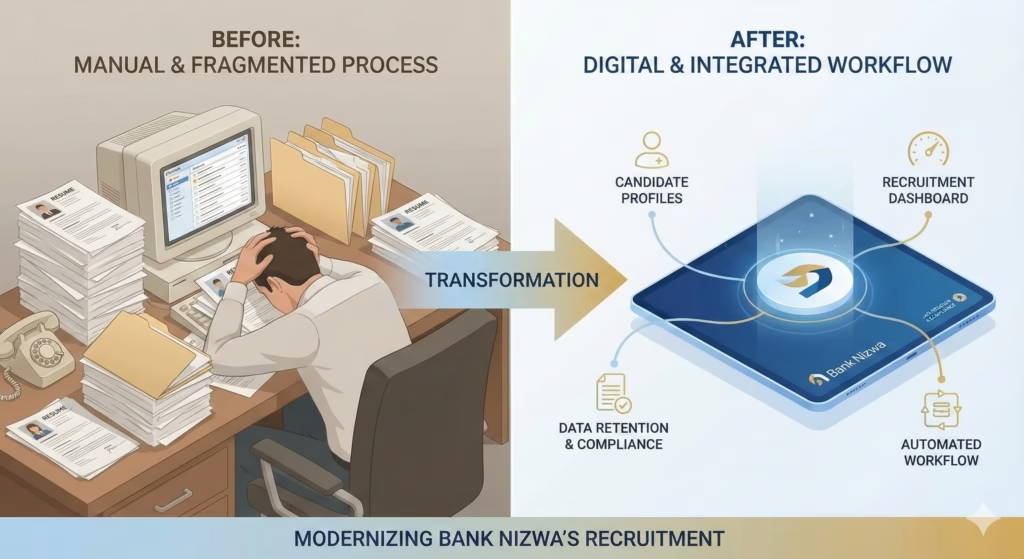When people think of e-commerce, they often picture websites, shopping carts, or flashy ads. But what really keeps an online business running smoothly is what happens behind the scenes — the systems that manage stock, process payments, forecast demand, and ensure customers get their orders on time.
That’s where AI (Artificial Intelligence), predictive analytics, and automation come in. They’re not just buzzwords anymore — they’re the invisible engines driving faster, smarter, and more efficient e-commerce growth in 2025.
1. AI: The Brain Behind Smarter Decisions
AI helps businesses make data-driven decisions that once required human intuition.
For example:
Chatbots now handle customer queries instantly, improving satisfaction.
Recommendation engines analyze past purchases and browsing habits to suggest what a customer is likely to buy next.
Dynamic pricing tools use AI to adjust prices based on demand, season, or competitor rates.
In simple terms — AI helps businesses predict what’s coming next and respond in real time, reducing guesswork and boosting sales.
2. Predictive Analytics: Seeing the Future Through Data
Imagine if your system could tell you which product will sell out next month or which customer segment is likely to reorder soon — that’s predictive analytics.
By studying patterns in sales, customer behavior, and even weather or regional trends, predictive analytics tools allow e-commerce companies to:
Plan inventory smarter (so you never overstock or run out)
Forecast demand accurately
Identify at-risk customers who may stop buying soon
This level of insight helps businesses reduce waste, improve delivery efficiency, and stay ahead of competitors.
3. Automation: The Secret to Faster, Error-Free Operations
Automation is like having a digital team working 24/7. It ensures that once a customer places an order, the process — from stock update to invoice generation — happens automatically without manual input.
Here’s how it transforms e-commerce operations:
Automatic order syncing between website and ERP systems
Real-time stock updates across warehouses
Auto-generated reports and invoices
Fewer human errors in order processing and billing
For companies using solutions like SAP ERP connectors or integrated platforms like Procure Smart, automation saves hours of manual work and brings transparency to every transaction.
4. When AI, Analytics & Automation Work Together
The real magic happens when these three technologies are connected.
AI provides the intelligence (what’s happening and why).
Predictive analytics offers foresight (what’s likely to happen next).
Automation ensures action (what gets done automatically).
Together, they form a complete loop — think, predict, act — that keeps e-commerce running efficiently. Businesses can respond to demand changes instantly and personalize customer experiences without increasing staff or effort.
5. The Real-World Impact
Many successful online retailers have already implemented these tools and seen real benefits:
30–50% reduction in operational costs
Better customer satisfaction due to faster responses
Improved decision-making with data-based insights
Increased revenue from personalized marketing
In short, these technologies turn e-commerce from reactive to proactive — anticipating what’s needed before customers even realize it.
Conclusion
The e-commerce winners of 2025 aren’t the ones with the flashiest websites — they’re the ones with the smartest backends.
By embracing AI, predictive analytics, and automation, businesses can achieve the ultimate combination: faster operations, lower costs, and happier customers.
It’s not about replacing humans — it’s about giving them smarter tools to make better, quicker decisions.




